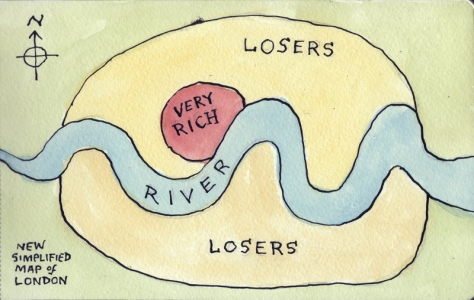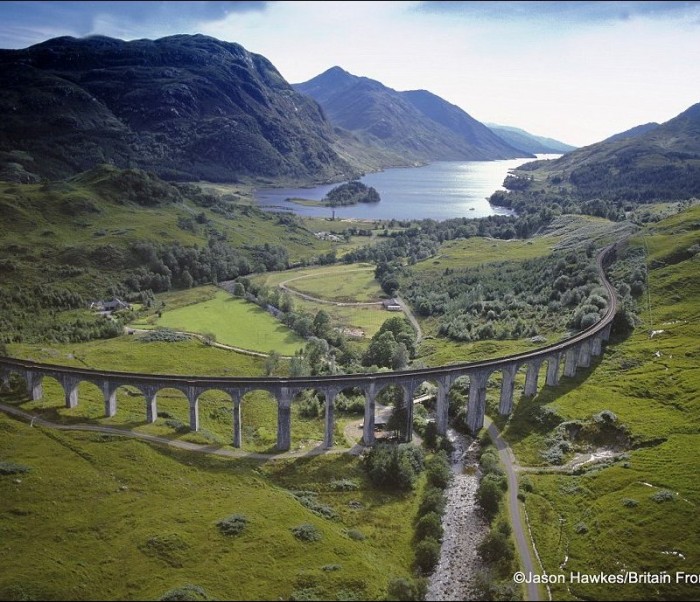Enquanto os amigos mais organizados reservam quartos à beira-mar ou em oásis urbanos para a perfeita fuga de férias, sigo procrastinando, esmagada pelas intermináveis listas de opções de hospedagem. Para mim, entrar em sites como o VRBO.com, Hoteis.com e Airbnb.com é ficar prestes a desistir da viagem. Até que deparei com o DesignTripper.com, um site com 200 lindas fotografias de pequenos hotéis, pousadas e casas. Uma curta lista de propriedades tão bem projetadas que o destino em si se torna secundário.
O resort brasileiro Ponta dos Ganchos, em Santa Catarina, está entre as opções dos sites
Ele é apenas um dos vários sites recentemente criados como alternativa para as enormes listas dos tradicionais. Se você, assim como eu, está cansado delas, confira seis opções com portfólio sob medida de hospedagens peculiares e elegantes. Esteja avisado: há enormes variações nos preços e localizações – alguns nem sequer incluem valores.
Designtripper.com
Fotografias incríveis e opiniões compõem a avaliação de hotéis, pousadas e cama & cafés. Dentre as opções – são 200 espalhadas por 39 países – está o Podere Palazzo, uma casa de fazenda com cinco quartos e piscina de borda infinita na Toscana, por a partir de US$ 4.450 dólares a semana.
Como funciona: as imagens são cativantes e os comentário atenciosos, mas a reserva não é feita ali – há links que levam aos sites de cada local, muitas vezes escondidos nos textos.
Designhotels.com
Criado em 1993 como empresa de marketing de 10 hotéis, agora enumera aqueles com design artístico. Recentemente, iniciou uma nova experiência, os pop-up hotéis. O de Mykonos fica até outubro e é um tipo de clube de praia renovado. Diárias dos quartos começam em 120.
Como funciona: é facílimo de usar: escolha o destino e datas e uma lista de hotéis aparecerá com preços e link para reserva – no total, são 220 hotéis em 41 países. Os vídeos e fotos são sedutores. A desvantagem é que não há avaliações de clientes.
Boutique-homes.com
Com o bordão “hospedagem temporária para nômades chiques”, traz opções incomuns: são 166 casas para alugar e 35 hotéis em 33 países. Você pode reservar um trailer restaurado com estilo vintage no Texas por a partir de US$ 110 a diária, ou um quarto no hotel onde paredes de vidro dão vista para as montanhas da Noruega por desde US$ 210 a noite.
Como funciona: com descrições, fotos e comentários de hóspedes, há pouco que você não saberá sobre o imóvel antes da reserva – feita por um formulário online. Vale ressaltar que nem todas as opções contam com as informações completas.
Mrandmrssmith.com
É mais antigo, de 2005, e conta com uma equipe que visita as propriedades e faz relatórios sobre hotéis, spas e pousadas listadas: são 950 opções em 65 países. Dentre elas, uma casa de pedra do século 18 com design sofisticado localizada no País de Gales (a semana custa desde 480 libras).
Como funciona: selecione destino e datas para receber uma lista de opções, com preços e disponibilidade. As resenhas ali apresentadas parecem não conter críticas. Para efetuar reserva é preciso ligar na central: (800) 464-2040.
Uniquehomestays.com
Casas luxuosas e finas opções de cama & cafés são o foco do site. Há 140 propriedades em 14 países – só na Grã Bretanha são 14 opções de cama & cafés e uma mansão em Cotswolds que custa 50 libras por noite para um casal.
Como funciona: galerias de fotos, valores e depoimentos de clientes são superúteis. Apesar de permitir reservas online, às vezes é preciso fazer uma pré-reserva e aguardar confirmação.
Welcomebeyond.com
Fundado por dois irmãos, oferece cerca de 100 alojamentos em 30 países, todos com personalidade: uma casa de seis quartos, na beira de um penhasco em Phuket, na Tailândia, sai por 1.338 a noite, com chef incluído.
Como funciona: a busca pode ser feita por localização ou temas de interesse – esse é mais divertido, com categorias como “destinos incomuns” e “comida e vinho”. Para fechar a reserva é preciso entrar em contato com o gerente do local pelo próprio site.
http://www.estadao.com.br/noticias/impresso,hospedagem-vip-para-quem-nao-tem-paciencia-de-procurar-,882460,0.htm

























































